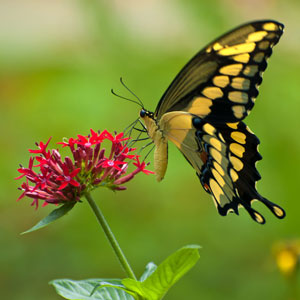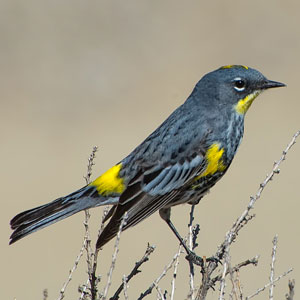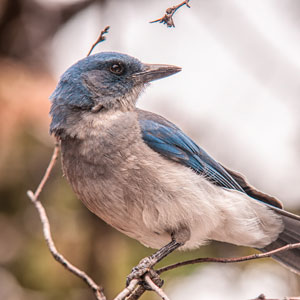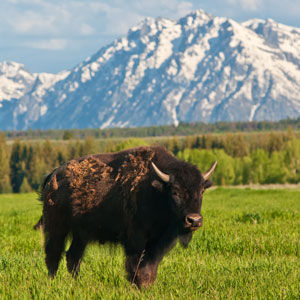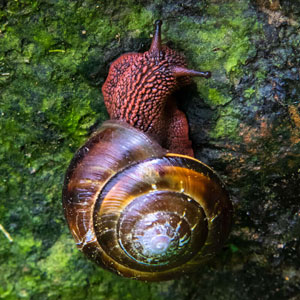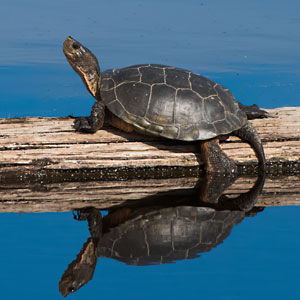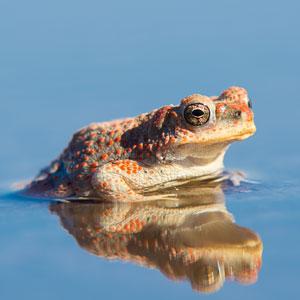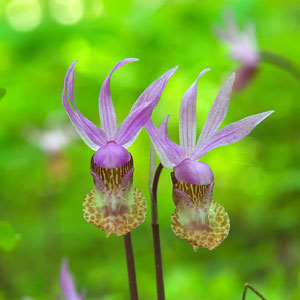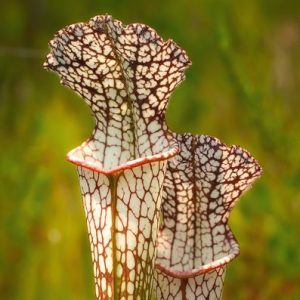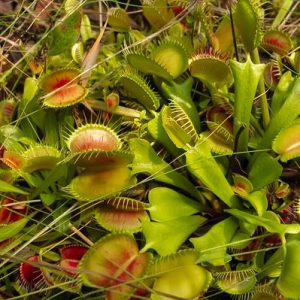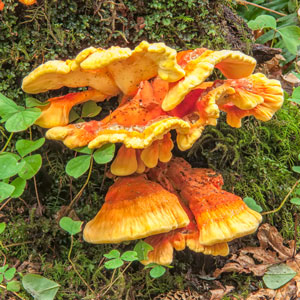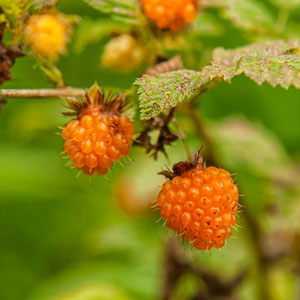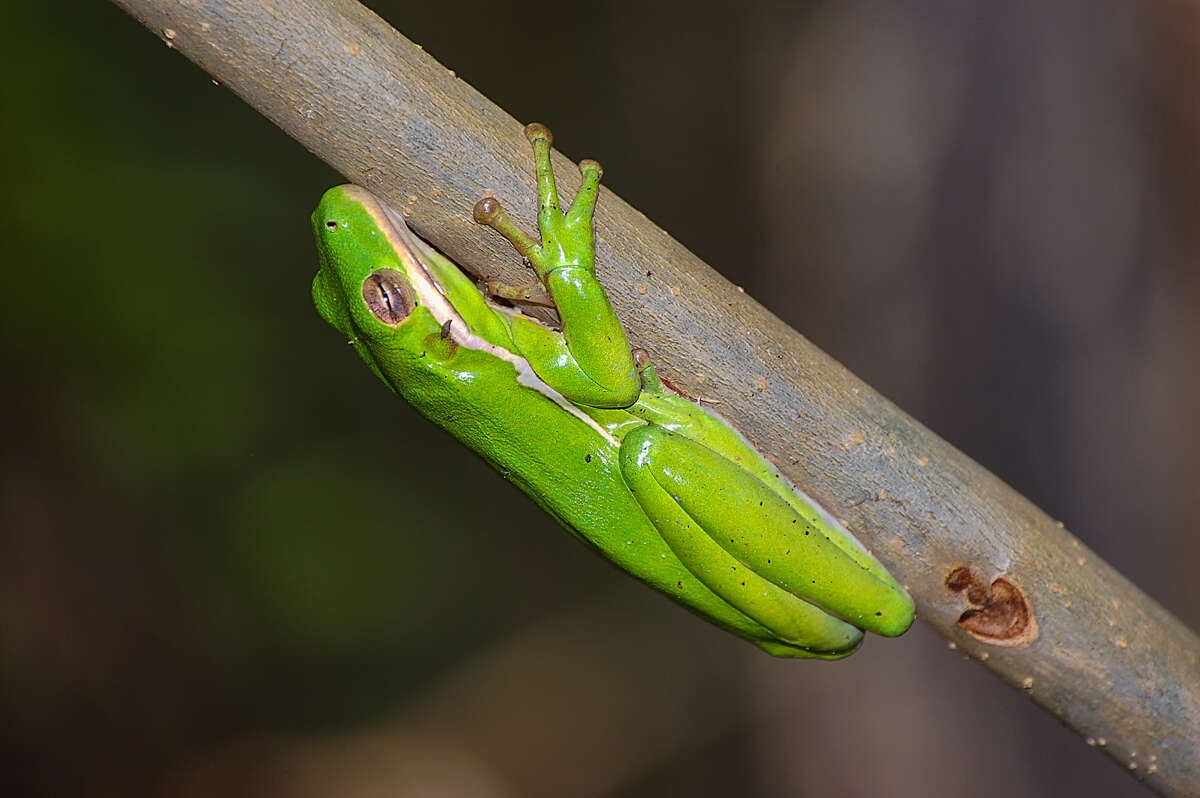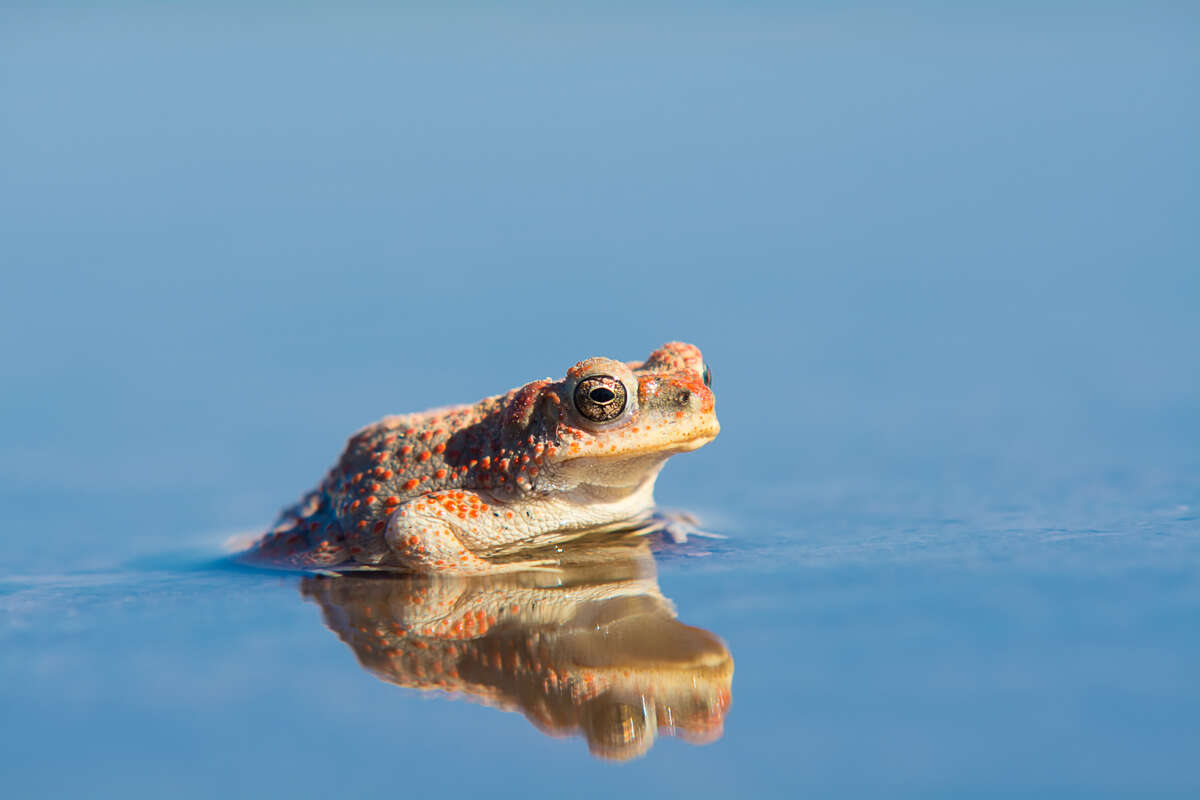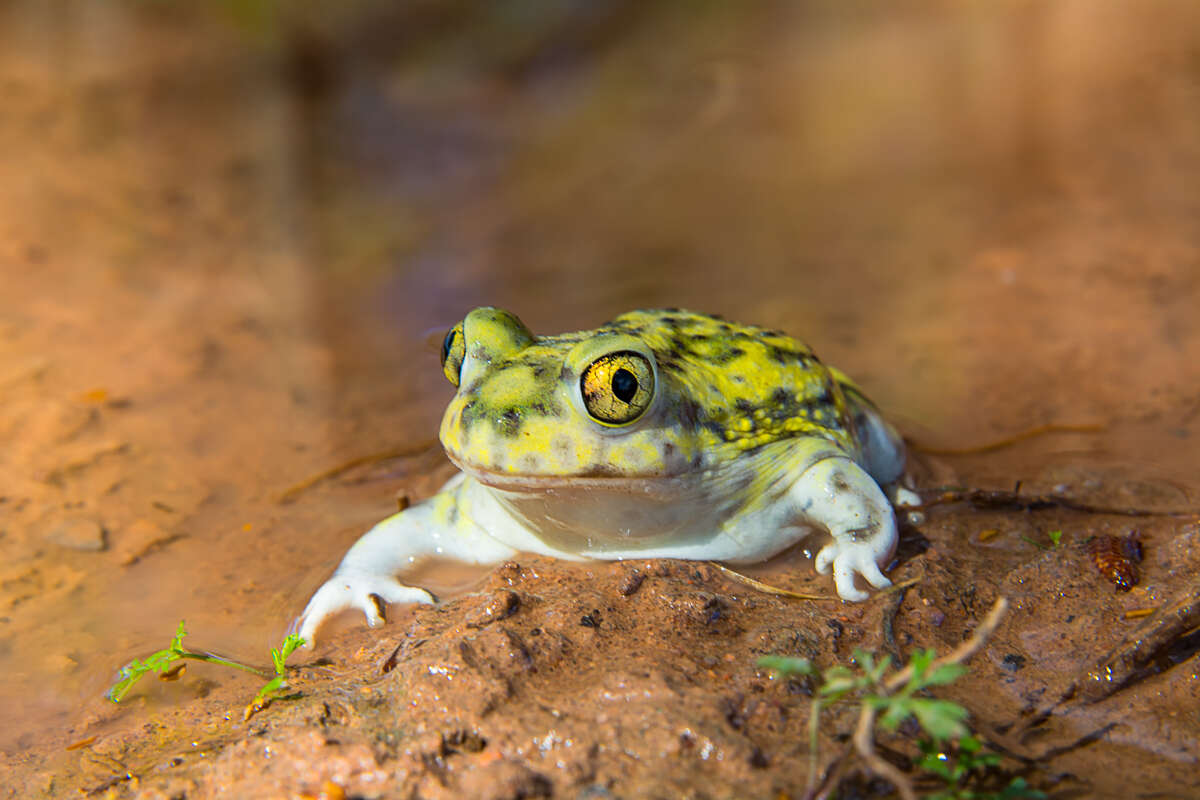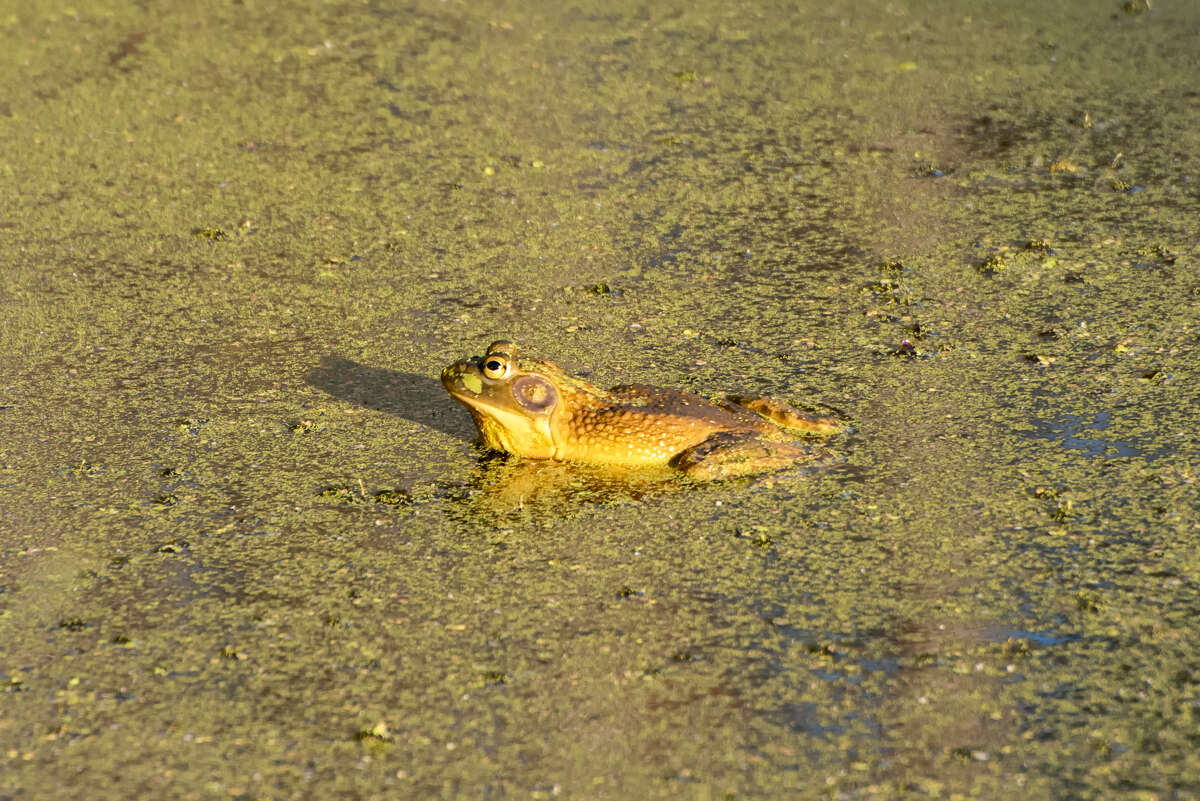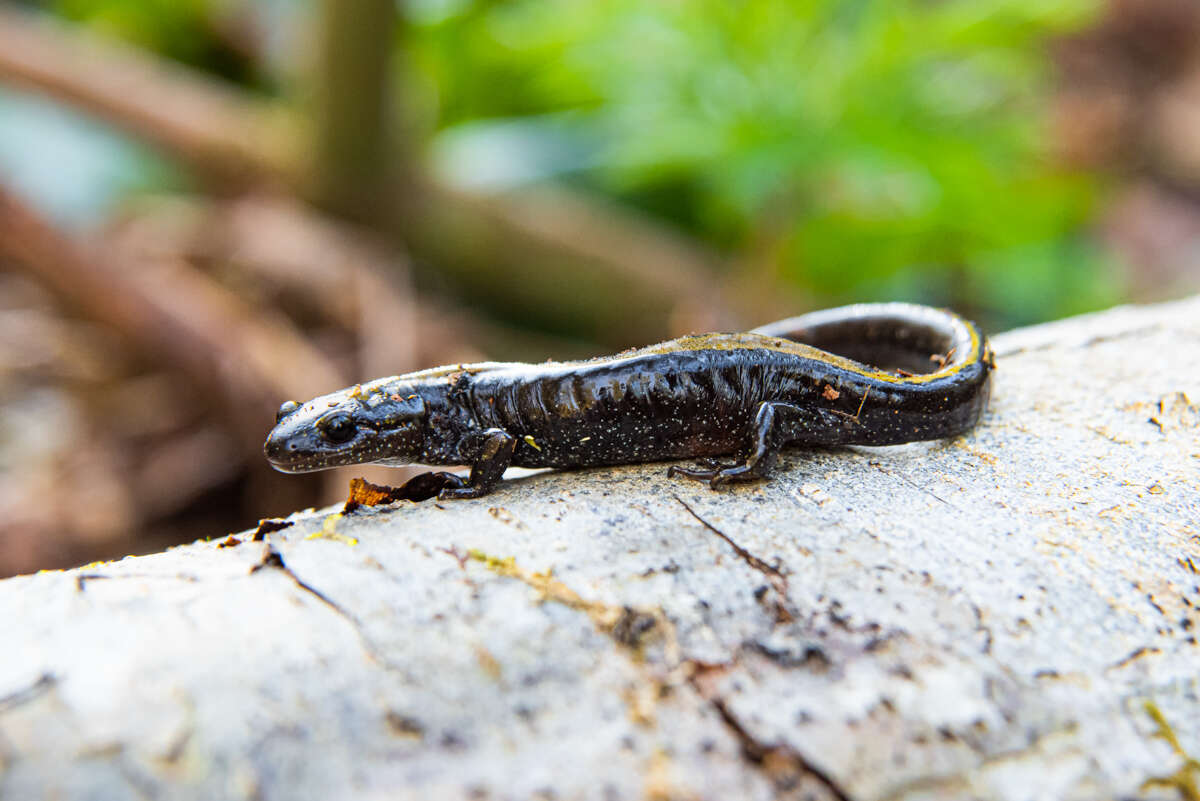Amphibians
Did you know the word “amphibian” means “two lives”? All amphibians start their lives in the underwater, but after they go through a series of metamorphosis stages to adulthood, most trade gills for lungs and live the rest of their lives out of the water.
Tree Frogs
Not all frogs of the Hylidae family are actually found in trees as some are completely terrestrial, but all of them share many similar taxonomical characteristics.
Toads
True toads are widespread and are native to every continent except Australia and Antarctica, inhabiting a variety of environments, from arid areas to rainforests, and most lay eggs in paired strings that hatch into tadpoles.
Spadefoots
This group was formerly part of the family Pelobatidae. Scaphiopodids plus Pelobatids are collectively known as the Spadefoot Toads, owing to a keratinized digging spade present on each hindfoot. These toads are desert dwellers, spending considerable time underground each year until the rains arrive. At that point they rapidly move to the surface and breed explosively in temporary pools. Tadpole development is extraordinarily rapid in this group.
True Frogs
Members of this family are known as the true frogs. Ranids have generalized frog body plans and a generalized aquatic tadpole stage.
Salamanders
Salamanders are an ancient lineage of lizard-like amphibians that date back to at least 164 million years ago in the fossil record. Lucky for us, North America has the largest number of salamander species of any continent!


